Hermann Foersterling
Born in 1955, lives as a freelance artist in Eppingen.
Hermann Försterling was born in Gengenbach in 1955, studied painting at the State Academy of Fine Arts in Stuttgart from 1973 to 1977 and has been a freelance artist since 1979. His works enrich important art collections around the world, including New York's Museum of Modern Art and the Staatsgalerie Stuttgart. Försterling has mastered both the fine art photographic printing techniques of the turn of the century (bromine oil printing) and experimentation with the latest scanner and digital technology. Photography volumes: 'HEADS'(vergr.), 'Akt', 'ROSES' (winning title of the German Photo Book Award 2005) as well as the book 'FloraMagica' published by Büchergilde as a special edition.
women and flowers
also in the enlightened period of the 21. century this seems to be a defined relationship. To whom are they not known - the comparisons, that a woman is like a flower. Women are rooted, are in bloom, but are also fading. The most different flowers became and become to symbols, allegories, metaphors, to symbols for women and the birth of man. Thus, we find tribes in Malakka, that believe, that mankind was created from flowers or the Old egyptian god of the sun, Nefertem, who was said to be born out of the bloom of the blue waterlilly. Also again and again it can be found associations between women and flowers in the Christian history of religion and arts , for example the lilly as symbol for the purity of the Mother of God , Mary. Also what was written in the course of the history of literature regarding the relationship between Eros und women is like reading one big poetic bunch of flowers. It can be found a large number of lillies as reference to the purity of women , of course the roses as a sign of sensuality and the Aquilegia stands for spirituality and fertility. The minnesingers of medieval times let flowers curl around their adored lady , whereas in the dreams of the romantics she is presented the “blue flower” of yearning. 1
Always weak, helpless plants have been compared to the gentle nature and body of women, and the sensual variety of colours, the colour intensity of the blossoms, the beauty of the plants contribute to the analogies. The female sex is associated to the natural cycle of germinating, budding and the transitoriness of the blooming beauty.
With the camera and the scanner Hermann Försterling feels for this century-old tradition and links in his photo works the sensual, colourfully pulsating blossoms with the vaginas of women of different ages. With the viewing with the scanner he zooms in the blossoms and has an almost cool look on the wonderworld of nature: calyxes, pistils, formations of petals and seminal filaments with all their colour intensity and vital brilliance are captured in cramped details of the pictures.
The close view provides both a detailed insight in the individual characteristics of the blossoms and also of the women, that, however, are assimilated by the anonymity of the close look. The flowers are reduced to a play of lines and colours, to nuances of light and shade, so that a fascination emerges from the wrinkling, the curves and the bends. Although captured realistically in shape and colour, Försterling’s blossoms partially seem to be strange and disconcerting. This emerges last but not least from the linkage with the vaginas, which, however, is mostly recognized only at a second glance. He inserts subtly the wrinkling of the female organ in the shape of the blossoms, so that the portrays of the blooms are shining suggestively from inside and are exuding a sensual power. By this approach the identity of the women and of the applied formation of the blooms gain an exceptional and mysterious presence, which is stimulated by a sensual aura. Thus, the century-old associations between women and flowers are not portrayed separately- as so far so often in the history of arts- but are joined together in one canon of pictures. Hermann Försterling reveals with them characters, that - with their language of strong colours and with their shapes - lead us to a dialogue about femininity and sensuality.
Natalie Scheerle-Walz M.A.
[1] Novalis, in: Heinrich von Ofterdingen:„(…) But what drew him with powerful eagerness, was a tall, light- blue flower, touching him with its wide, gleaming petal.
All around it stood countless flowers of all colors and the dulcet scent pervaded the air.
He saw nothing but the blue flower and looked at it a long time with nameless endearment. Finally he wanted to approach it, when all of the sudden it began to move and change; the petals became more luminous and nestled to the growing stem, the flower bent towards him and the petals showed a blue, outspread collar, in which hovered a delicate face.
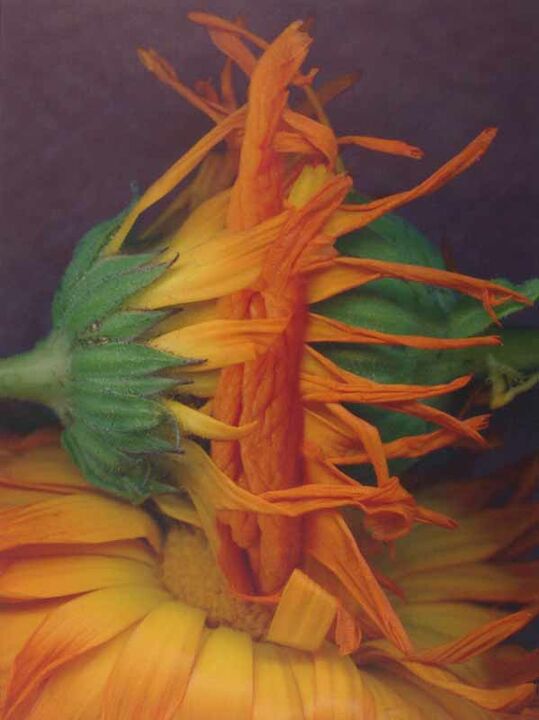
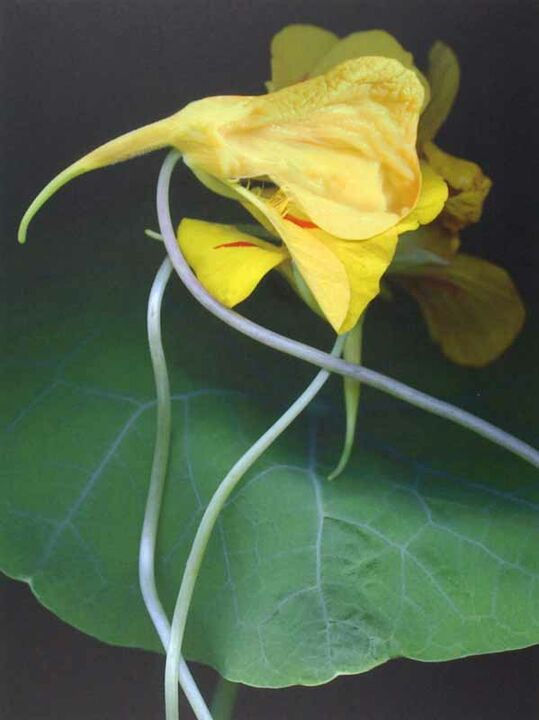
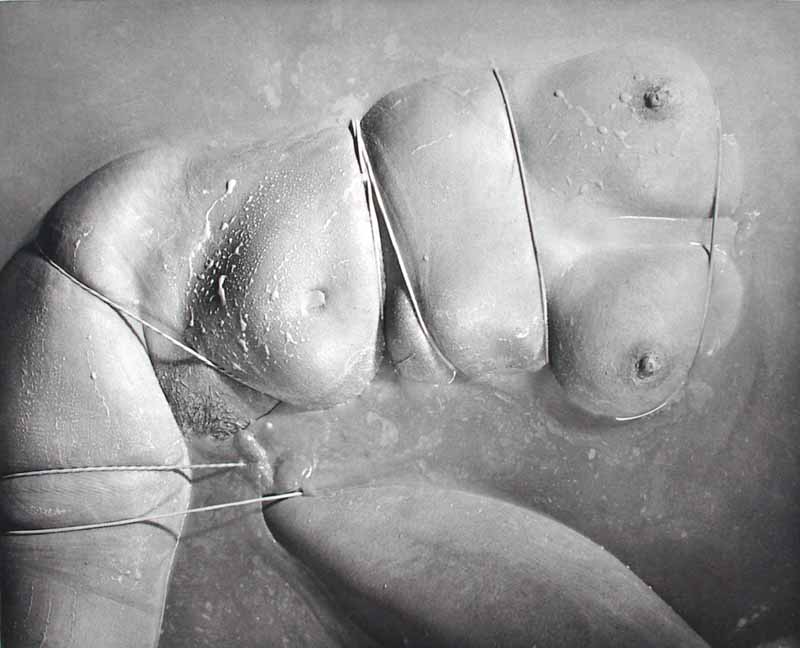
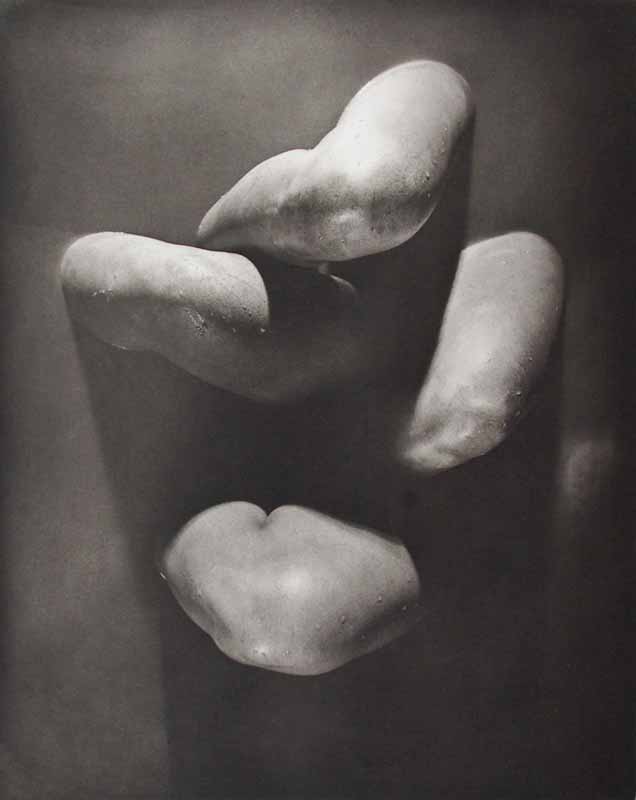
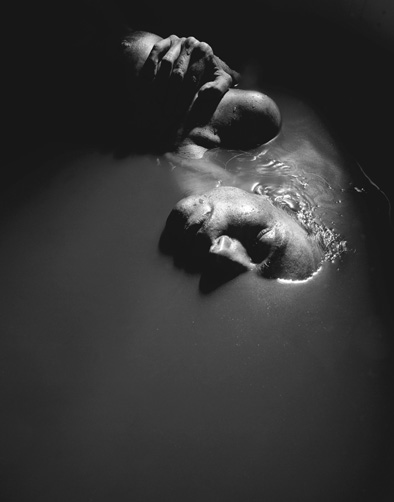
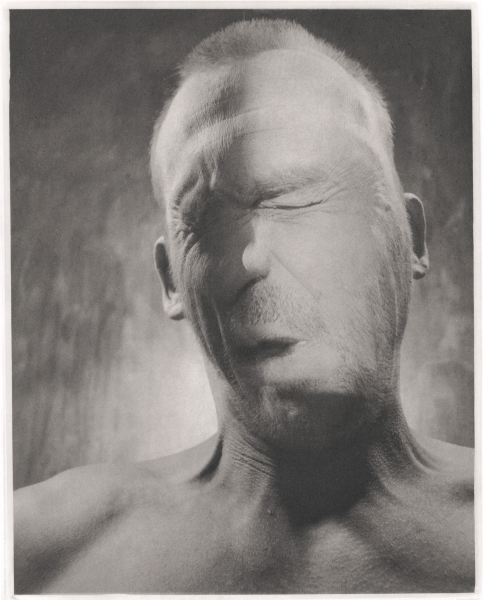
Books
2006 "FloraMagica", Verlag Atelier Försterling, Germany
2005 "ROSES", Edition Braus, Germany
2000 "Akt", Umschau-Braus, Germany
1999 "HEADS", Umschau-Braus, Germany








